Importance of Release Manager in your DevOps strategy
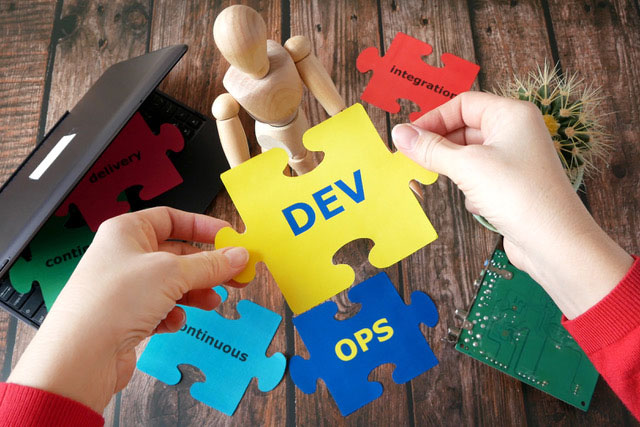
DevOps Overview
- Defining DevOps
- DevOps the Big Picture
- DevOps Roadmap
- DevOps Success Matrix
Release Manager Key for your DevOps Journey
- Release Management Cycle
- Enterprise Without Release Managers – The Problem
- Release Manager Key to DevOps Adoption – The Solution
Defining Devops : Calms
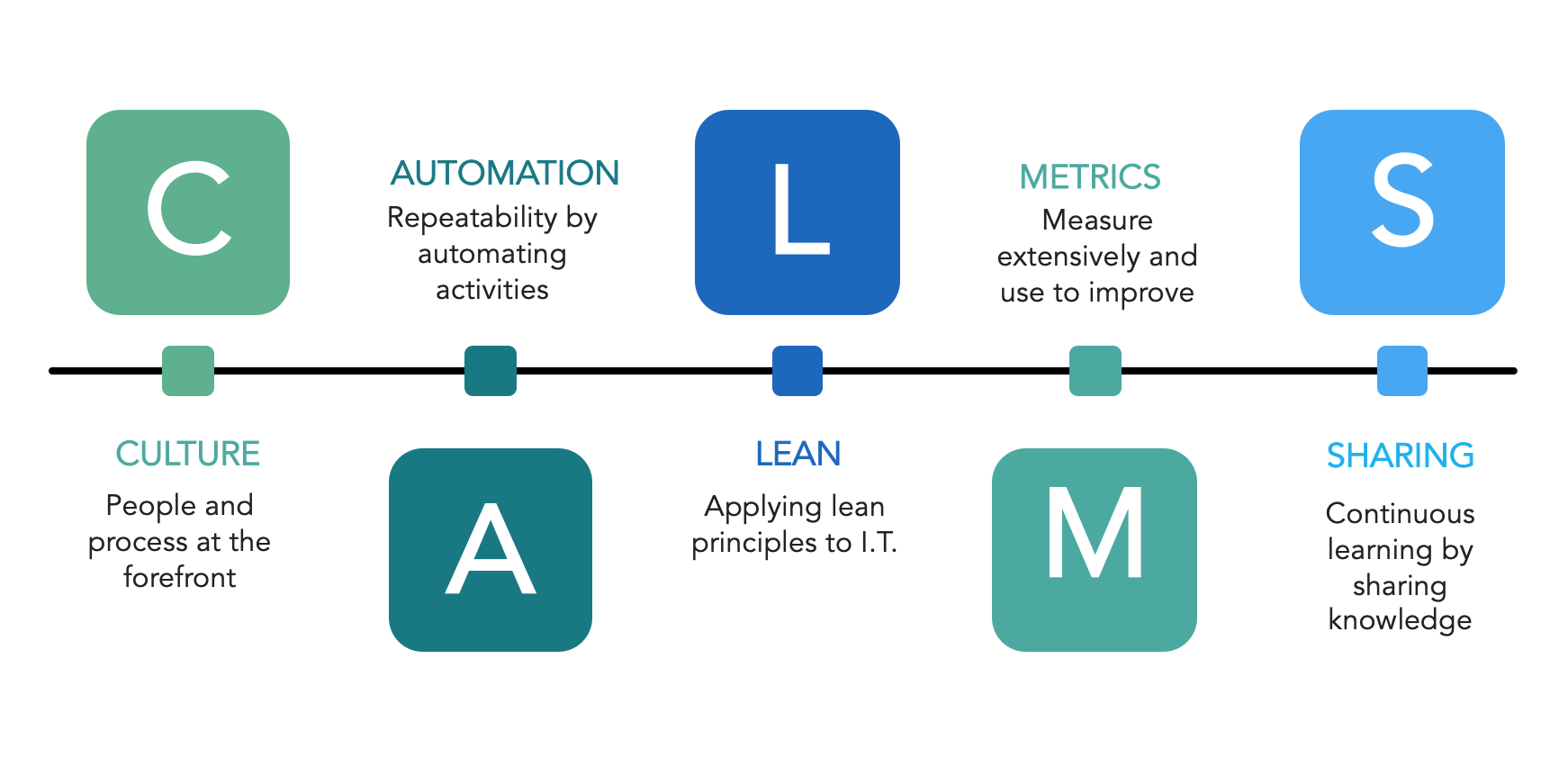
Devops The Big Picture
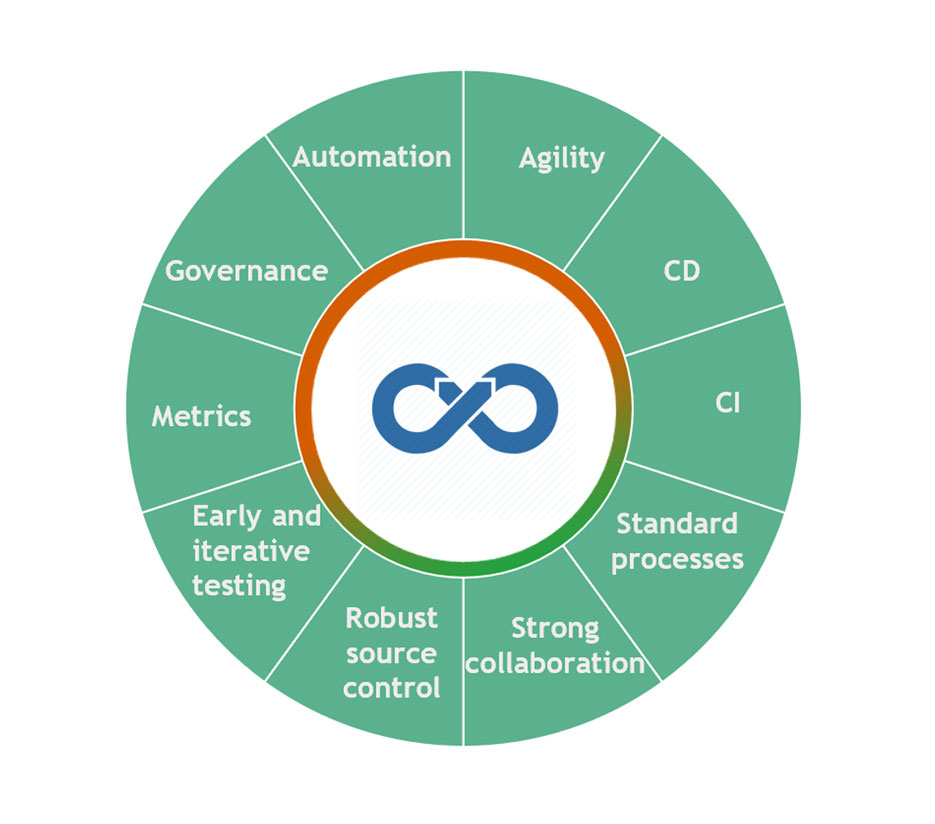
Automation: A majority of release management activities such as development, static code analysis, testing (unit, functional, integration, load, performance), and deployment will be automated using tools and scripts. This would greatly enhance team productivity and improve the quality of the deliverable
Agility: All processes related to development, integration, testing, and release and deployment will be agile so that it is easy to absorb, test, and deploy changes
Continuous Delivery:Processes will enable iterative delivery such that business capabilities are delivered in iterations and each iteration is thoroughly tested
Continuous Integration: Carrying out frequent, integrated builds from a centralized source control system is key. Integrations with enterprise interfaces will be done iteratively to reduce integration risks
Consistent and Standard Processes:All teams will be able to successfully collaborate during development, testing, and release management activities
Strong Collaboration:All teams will be able to successfully collaborate during development, testing, and release management activities
Robust Source Control:Processes related to source control management (such as check-in, check out, locking, etc.) will enable geographically distributed teams to collaborate successfully
Early and Iterative testing:Each release will be tested iteratively in early stages. This would reduce the defect rate and risk involved in regression testing
Metrics:Suitable metrics and KPIs to track the impact and success of DevOps processes will be defined. These metrics could include overall release time, time per release, etc
Governance: Standard set of well-defined processes will be established for release management and deployment
Devops Roadmap
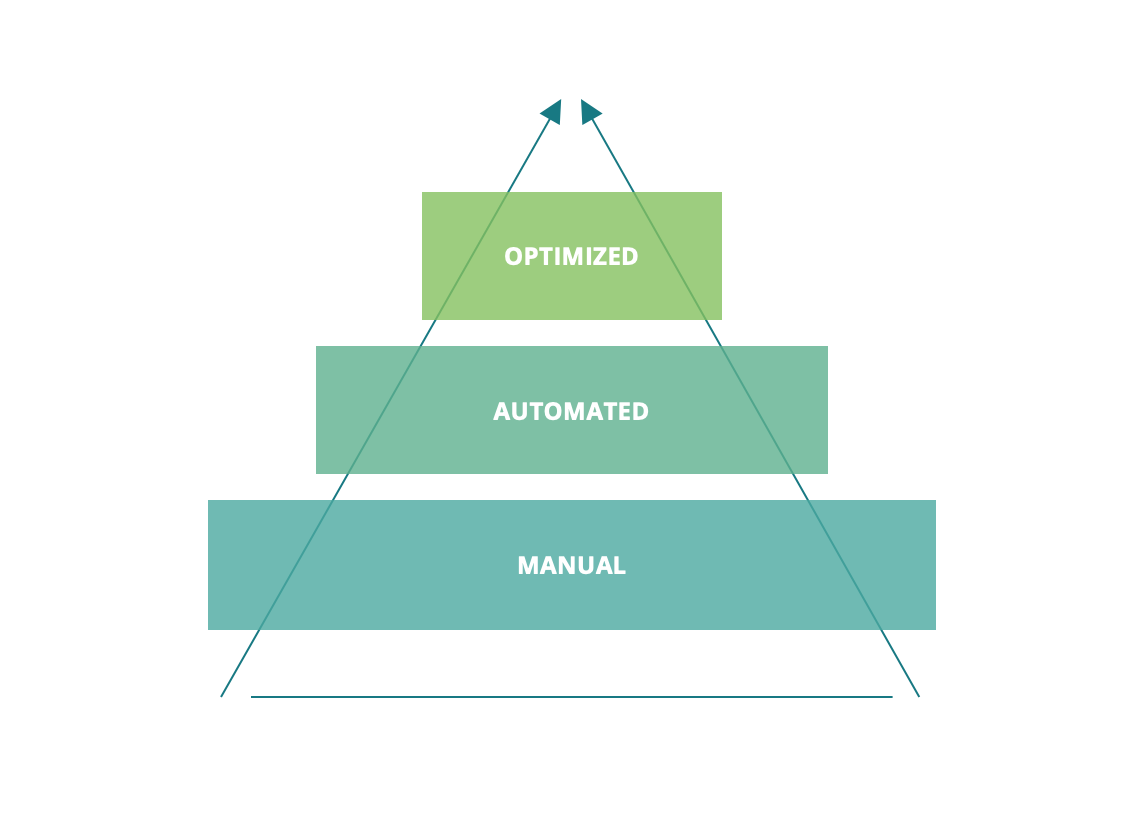
Continuous innovation and improvements, Robust governance and monitoring, Metrics- based monitoring
Time consuming, Longer release process and Error prone
Tool Automation, Unified standardized processes, Quick time to market, Continuous integration with Agile delivery
DevOps Success Matrix
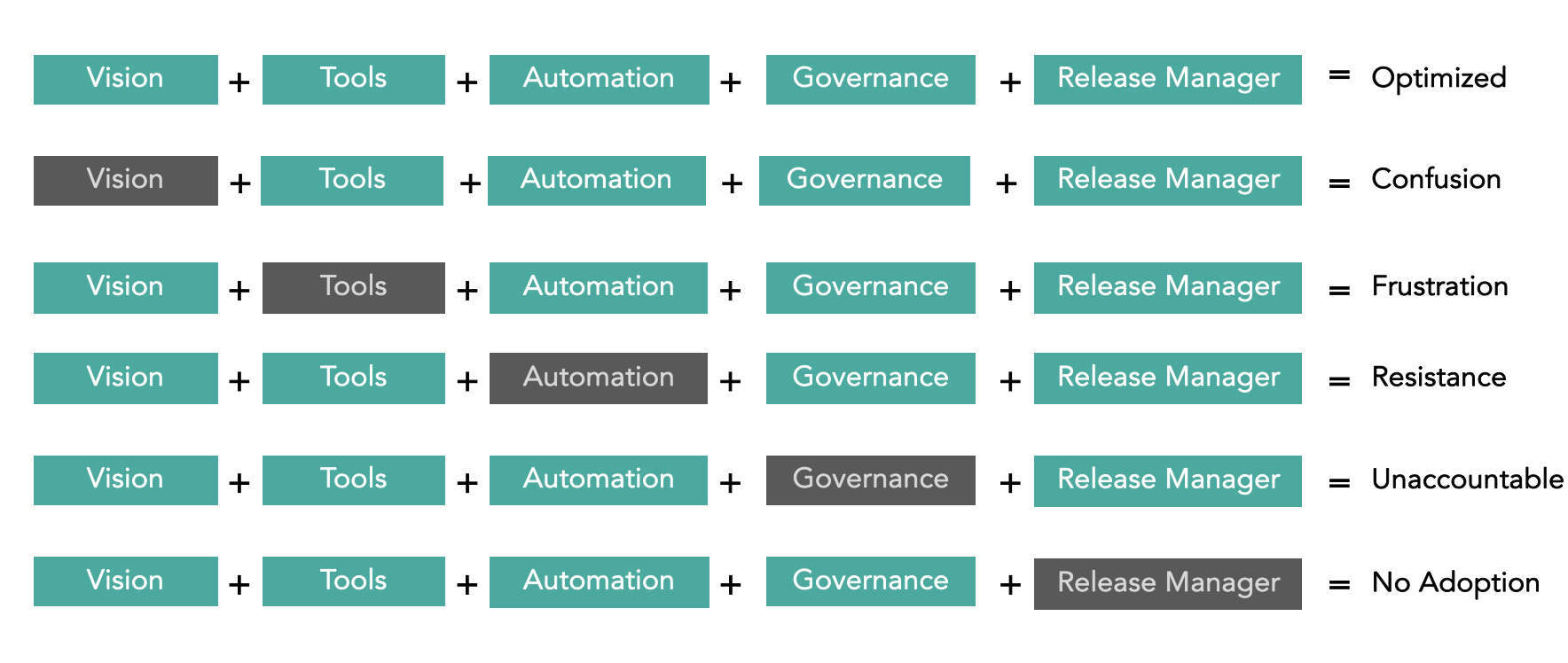
Release Manager Key for your DevOps Journey
Enterprise Without Release Managers – The Problem
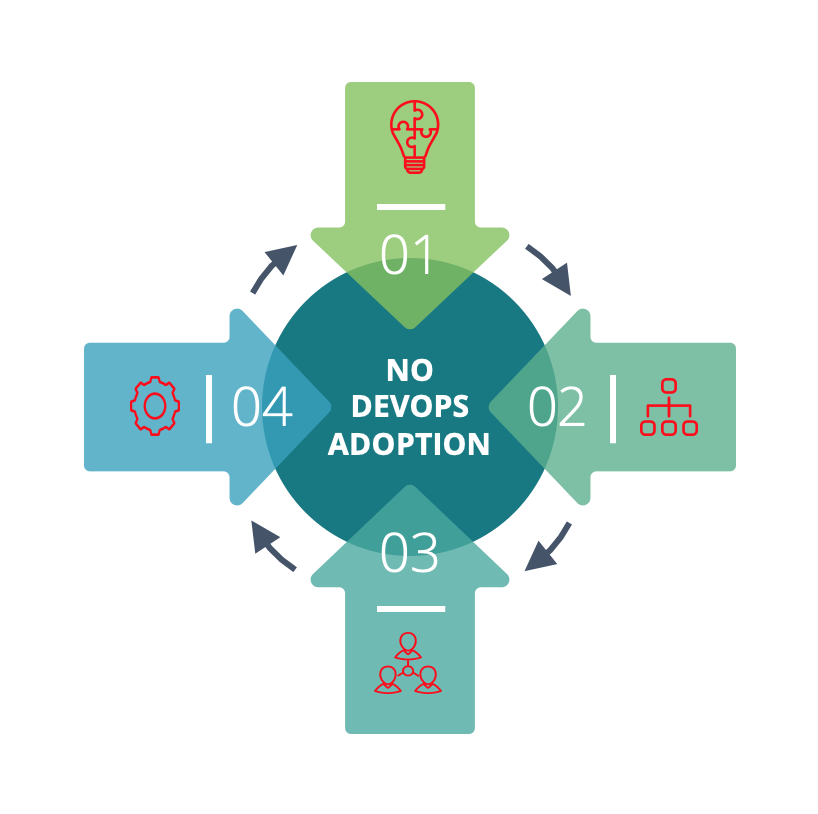
Non – uniform processes:Various development teams uses disparate tools & modes for build and deployment creating varied processes across projects
No org governance and versioning:Improper versioning practices poses serious threat in application reliability. It’s a governance nightmare
No communication and collaborationNo Single-point-of-contact. No proper broadcasting of information about Releases, Hotfixes, Issues, upcoming Salesforce releases, Regression test results etc.
Lengthy deliver times:Time to market for application delivery & change management will be very high and not reliable.
Release Managers Key To Devops Adoption – The Solution
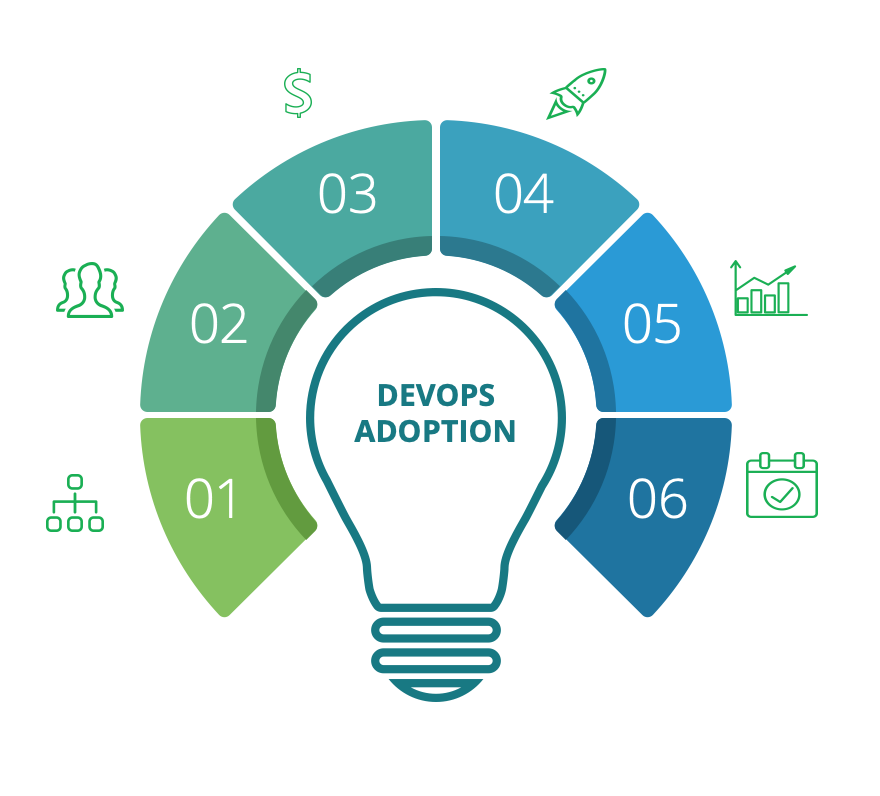
01.Org governance and versioning:Manage & maintain different environments. Monitor the org health check. Ensuring & enforcing proper version control methodologies for developer local changes & all promotions thereafter.
02.Communication and collaboration:Broadcasting information about Releases, Hotfixes, Issues, upcoming Salesforce releases, Regression test results etc.
03.Smoother release management:Manage the releases across different projects & teams.
04.Change management and trainin: Training & onboarding new team members regarding the release practices & enforcing DevOps policies.
05.Adoption metric and feedback: Monitoring adoption of release process & DevOps policies. Collect feedback from all DevOps stakeholders, synthesize & relay it to the architectural team for their review.
06.Release calendar: Maintain Release Calendar across different projects & teams.
